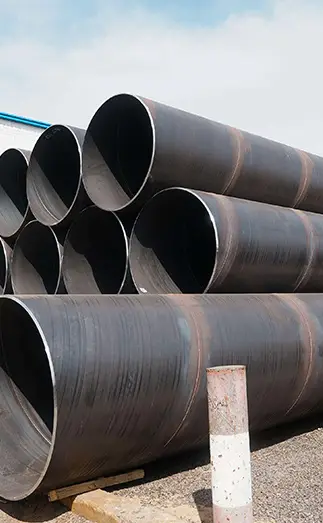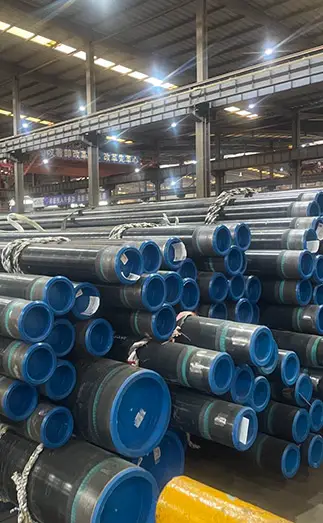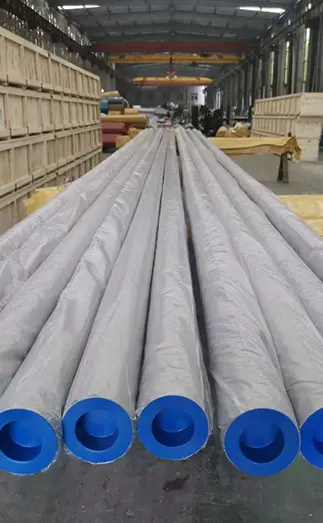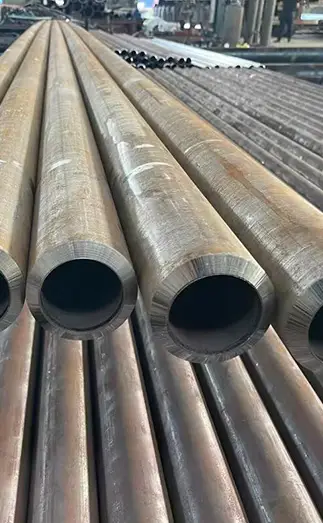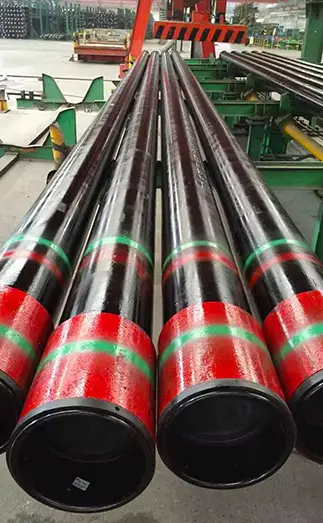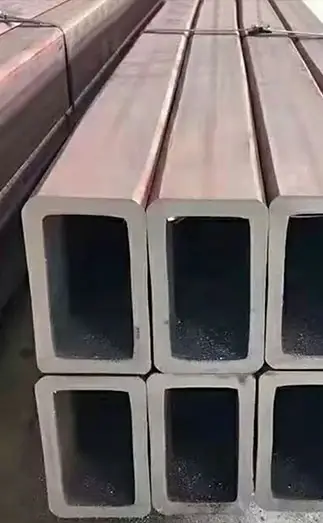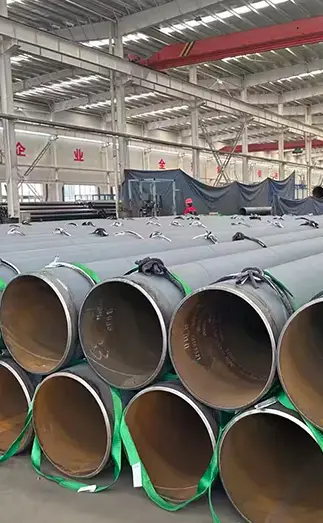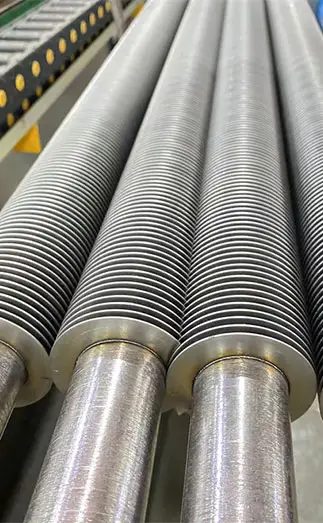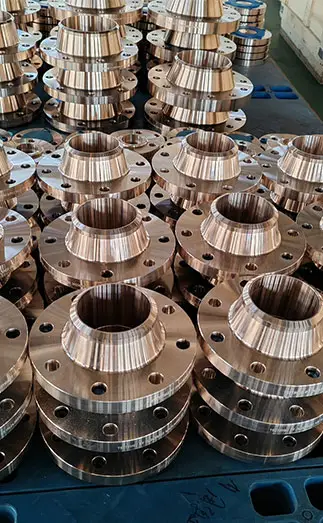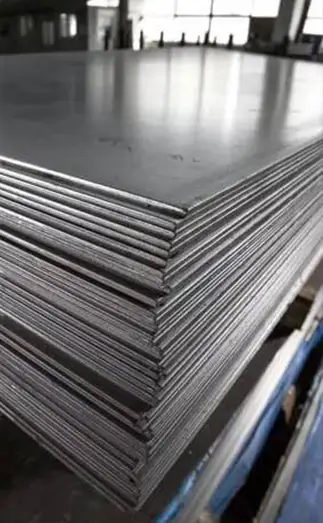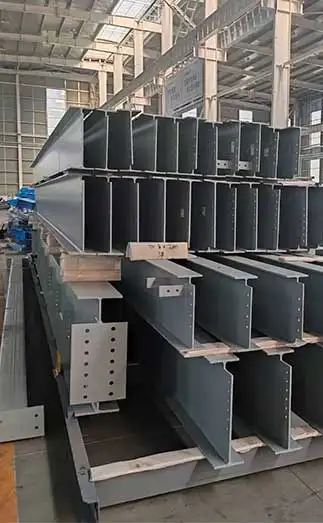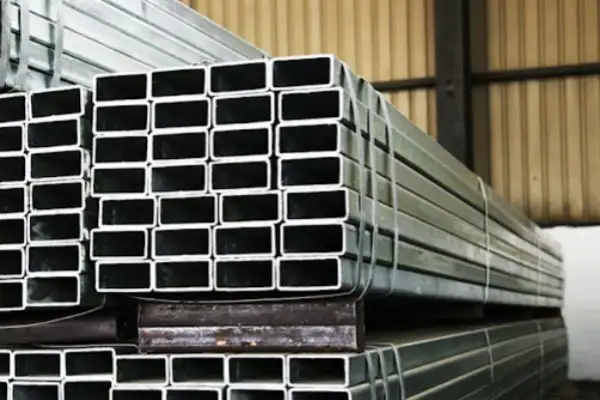Wall thickness is a critical parameter that directly affects the load-bearing capacity, mechanical strength, and safety performance of seamless steel pipes. Accurate wall thickness inspection is essential to ensure product quality and application reliability. To meet these demands, countries and regions around the world have established corresponding standards governing measurement methods, tolerance limits, and inspection accuracy.
Super Steel Manufacturing Co., Ltd has compiled a summary of commonly adopted wall thickness inspection standards, which are widely referenced in both international and domestic markets.
Super Steel Manufacturing Co.,Ltd is professional seamless steel pipe manufacturer, for more details, please contact:sales@super-steels.com
International and Industry Standards
ISO 1127 — Seamless Steel Tube Dimensions and Tolerances
Scope: Defines dimensions, wall thickness, tolerances, and weights for seamless steel tubes used in general, boiler, and oil & gas applications.
Wall Thickness Tolerance: Wall thickness must not be less than 10% of the specified nominal value and must stay within the allowed deviation range.
ASTM A106 — Seamless Carbon Steel Pipe
Scope: Applicable to seamless carbon steel pipes for high-temperature and high-pressure environments.
Wall Thickness Tolerance: Typically ±3% to ±5%, depending on pipe size and application requirements.
API 5L — Steel Pipes for Oil and Gas Pipelines
Scope: Widely used in the petroleum and natural gas industries; covers a range of pipe grades and performance criteria.
Wall Thickness Tolerance: Generally ±12.5%, with specific tolerances adjusted according to pipe grade and service conditions.
Chinese National Standards
GB/T 8163 — Seamless Steel Tubes for General Structures
Scope: Covers seamless pipes for structural applications.
Wall Thickness Tolerance: ±12.5%, with special provisions for small diameter, large diameter, and thick-walled pipes.
GB/T 5310 — Seamless Boiler Steel Tubes
Scope: Applicable to high-temperature, high-pressure boiler applications.
Wall Thickness Tolerance: Generally within ±10%, with stricter inspection to ensure long-term durability and strength under extreme conditions.
GB/T 3091 — Welded Steel Pipes for Low-Pressure Fluids
Scope: Targets piping systems for low-pressure fluid transport.
Wall Thickness Tolerance: ±10%, with a focus on safety and consistency in fluid flow.
Wall Thickness Inspection Methods
1. Mechanical Measurement Methods
Vernier Calipers: Easy to use and suitable for small-diameter pipes, though with limited accuracy.
Outside Diameter Calipers: Measure the pipe’s external diameter; wall thickness is calculated by deducting the inside diameter.
Inside Diameter Calipers: Directly measure internal diameter; combined with outer measurements for wall thickness calculation.
Measurement Protocol: Typically, thickness is checked at several points—both ends and the middle of the pipe—to assess uniformity.
2. Non-Destructive Testing Methods
Ultrasonic Thickness Gauge (UT): The most common non-destructive technique, ideal for thick-walled pipes. It calculates thickness based on the time it takes sound waves to travel through the material.
3. Radiographic Testing (X-ray/Gamma Ray)
Used for large-diameter and thick-walled pipes, this method provides detailed imaging of wall thickness distribution and internal defects by measuring variations in radiation absorption.
Conclusion
Wall thickness inspection is essential in ensuring the structural integrity and operational safety of seamless steel pipes. By complying with established standards and using appropriate inspection techniques, manufacturers and end-users can maintain high quality and reliability across a wide range of industrial applications.



 English
English Español
Español Français
Français بالعربية
بالعربية